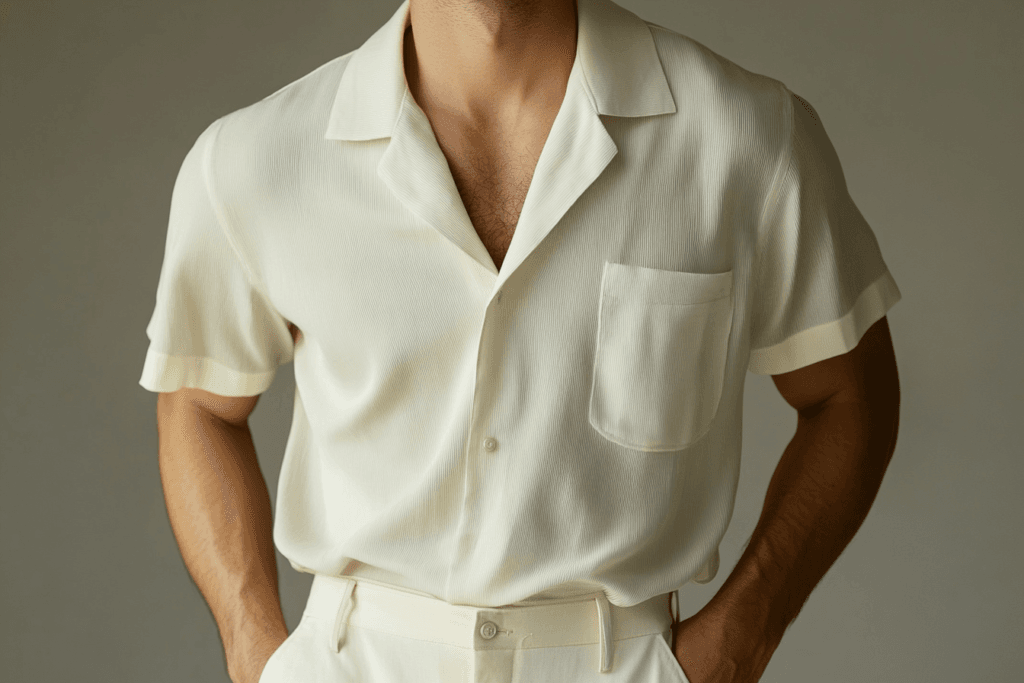
The fashion industry is witnessing a rapid surge in demand for bamboo fiber fabrics, driven by a global shift toward eco-conscious choices. As consumers prioritize sustainability without compromising quality, bamboo fabric has emerged as a standout solution—celebrated for its silky softness, breathability, and natural antibacterial properties. Leading fashion brands are already capitalizing on this trend, but navigating the nuances of bamboo textiles is critical. Missteps in fabric selection can impact product durability, customer satisfaction, and even profitability. Here’s how to leverage bamboo’s potential while avoiding costly pitfalls.
Why Bamboo Fabric?
- Eco-Friendly: Biodegradable and requires fewer resources than cotton.
- Consumer Love: Ultra-soft texture and moisture-wicking appeal to buyers.
- Built-In Benefits: Natural odor resistance reduces reliance on chemical treatments.
While bamboo fabric offers undeniable advantages, its quality varies widely based on processing methods and blends. To truly harness its value—for both your products and your brand’s reputation—you’ll need to dig deeper. Let’s break down the key factors that separate high-performance bamboo textiles from subpar alternatives…
Key Takeaways
- Bamboo fabric is good for the environment and very popular. It is soft and lets air pass through easily.
- Learn about three types of bamboo fiber: viscose, lyocell, and linen. Each type has special qualities.
- Pick bamboo lyocell if you want a strong and eco-friendly fabric. Bamboo linen is tough and natural.
- Check for labels like OEKO-TEX and GOTS. These show the fabric is safe and made responsibly.
- Find trustworthy suppliers by looking at their labels, products, and buyer reviews.
- Think about how much to order and delivery times. This helps save money and prevents buying too much.
- Bamboo fabric costs more than cotton but has better features. It keeps you dry and fights bacteria.
- Watch market trends because bamboo fabric is becoming more popular, especially with eco-friendly buyers.
How Many Types of Bamboo Fiber?
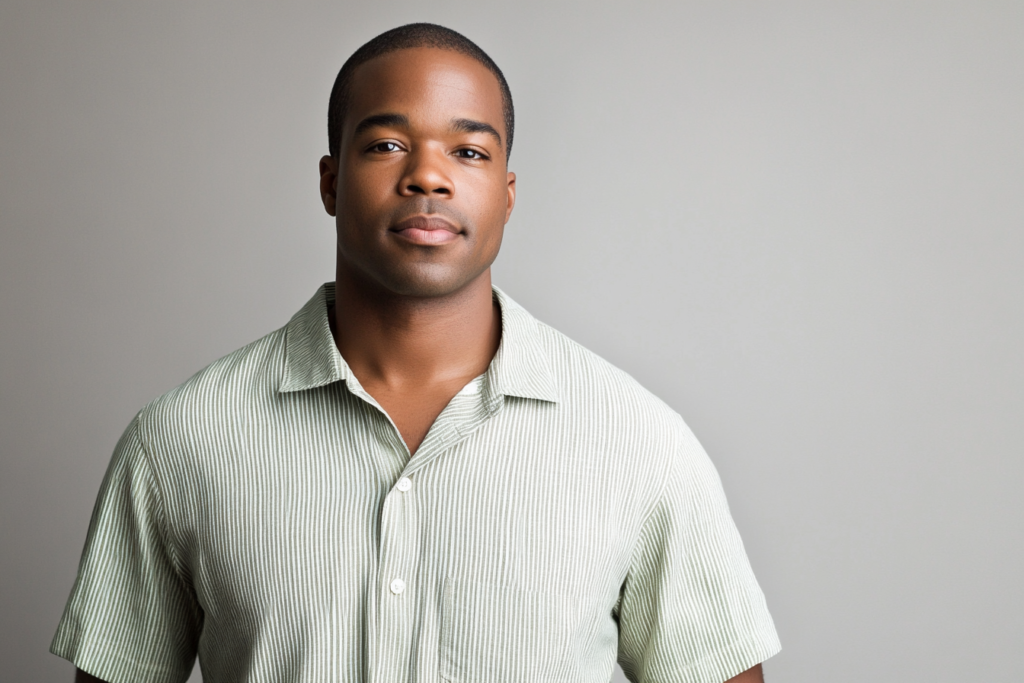
When picking bamboo fabric, knowing the types is important. Each type has special features that affect how it feels and lasts. Let’s look at the three main kinds of bamboo fiber.
Bamboo Viscose
Bamboo viscose, also called bamboo rayon, is very common. It’s soft, breathable, and not too expensive. Many brands like it for its smooth feel and ability to keep moisture away. People also love it because it fights bacteria, making it great for shirts and sportswear.
The demand for bamboo viscose is growing fast. This is because more people want eco-friendly fabrics. Better technology is also making it higher quality and greener. But, the chemicals used in its production can harm the environment. If you choose this, find suppliers who use safe and green methods.
- Bamboo fabric is popular for being eco-friendly and sustainable.
- Demand is rising as people want greener fabric options.
- It has natural features like fighting bacteria and staying dry.
- New technology is making bamboo fabric better and more eco-friendly.
Bamboo Lyocell
Bamboo lyocell is a newer and greener option than viscose. It’s made using a process that reuses water and chemicals, making it eco-friendly. Bamboo lyocell is super soft and strong. It’s great for making long-lasting, high-quality shirts.
This type is becoming more popular as people care more about the planet. It’s easy to produce because of the high demand for green fabrics. If your brand cares about the environment, bamboo lyocell is a smart choice.
Bamboo Linen
Bamboo linen is the most natural type of bamboo fabric. It’s made by crushing bamboo fibers, like how regular linen is made. This keeps it chemical-free and natural. Bamboo linen feels rougher but is very strong.
Because of its unique feel, bamboo linen is less common. It’s used for special products with a natural and handmade look. While it’s harder to produce in large amounts, it’s perfect for brands wanting eco-friendly and artistic items.
Here’s a simple comparison of the three bamboo fiber types:
| Type of Bamboo Fiber | Market Share | Production Scalability |
|---|---|---|
| Bamboo Rayon Fiber | Most Popular | High due to low cost |
| Bamboo Lyocell Fiber | Growing Fast | High due to eco-friendly demand |
| Bamboo Linen Fiber | Small Market | Medium due to special uses |
Knowing these details will help you pick the best bamboo fabric. Whether you want something cheap, green, or unique, there’s a bamboo fabric for you.
Comparing Durability, Comfort, and Sustainability
When picking bamboo fabrics, I think about three things: durability, comfort, and sustainability. Each type of bamboo fiber has its own benefits. Knowing these helps me choose the best fabric for my needs.
Durability
Durability is important for making strong shirts. Bamboo viscose feels soft but isn’t very tough. It can wear out quickly if not cared for properly. Bamboo lyocell is stronger and lasts longer, making it great for durable clothing. Bamboo linen is the toughest. Its natural fibers make it strong, though it feels rougher than the others.
Tip: For long-lasting shirts, bamboo lyocell or bamboo linen are better choices than bamboo viscose.
Comfort
Comfort is also key when choosing fabric. Bamboo viscose is super soft and light, perfect for breathable shirts. Bamboo lyocell is smooth and gentle, ideal for high-quality clothing. Bamboo linen feels rougher but is good for casual or rustic styles. However, it might not feel nice to everyone.
Sustainability
Sustainability is a big reason I like bamboo fabrics. Bamboo lyocell is the most eco-friendly. Its production reuses water and chemicals, creating less waste. Bamboo linen is also green since it uses fewer chemicals. Bamboo viscose, while popular, has a bigger environmental impact. But some suppliers now use safer methods to make it better for the planet.
Here’s a simple comparison of these fabrics:
| Factor | Bamboo Viscose | Bamboo Lyocell | Bamboo Linen |
|---|---|---|---|
| Durability | Medium | High | Very High |
| Comfort | Very Soft | Soft | Rough |
| Sustainability | Medium | Very High | High |
By comparing these factors, I can pick the best bamboo fabric. Whether I need strength, softness, or eco-friendliness, there’s always a good option.
What is the Fabric Quality and Performance?

Softness and Breathability
Softness and breathability are key features of bamboo fabric. Bamboo fibers have a smooth surface that feels gentle on skin. This helps reduce irritation and makes shirts very comfortable. Bamboo shirts are softer than many other natural fabrics. Customers often choose them for this reason.
Breathability is another great feature of bamboo fabric. Tiny gaps in the fibers let air flow easily. Bamboo fabric is 20% more breathable than cotton. It keeps people cool, even in hot weather. It also absorbs and releases moisture well, adding to its comfort. These qualities make bamboo fabric perfect for warm climates.
Moisture-Wicking and Antibacterial Properties
Bamboo fabric absorbs sweat better than cotton. It can hold three times its weight in water. This keeps skin dry by pulling sweat away and releasing it. Bamboo fabric works well for activewear and outdoor shirts.
Another benefit is its ability to fight bacteria naturally. Bamboo fabric stays fresher longer than cotton. Even after 50 washes, it keeps 70% of its antibacterial strength. This reduces odor and means fewer washes are needed. Bamboo shirts last longer and stay in good condition.
| Property | Bamboo Fabric | Cotton Fabric |
|---|---|---|
| Moisture Absorption | Absorbs 60% more moisture | Absorbs less moisture |
| Weight Capacity | Holds three times its weight | Holds less weight |
| Bacteria Resistance | Keeps 70% strength after 50 washes | Lower resistance |
| Bacteria Kill Rate | Kills 99.8% within 24 hours | Not specified |
Fabric Weight and Weave
Fabric weight and weave affect how bamboo fabric feels and works. Lightweight bamboo fabric is great for summer shirts. It feels cool and airy in warm weather. Heavier bamboo fabric is stronger and works well for winter or formal wear.
The weave changes the fabric’s texture and strength. Tight weaves make fabric smoother and tougher. Loose weaves improve breathability. Plain weaves are good for casual shirts. Twill weaves add style to formal designs. Knowing these details helps pick the right fabric for different needs.
How Quality Affects Lifespan and Customer Happiness
Good fabric quality makes clothes last longer and keeps buyers happy. Bamboo fiber fabric is special because it’s comfy, strong, and eco-friendly. These features make it a top choice for many people.
Bamboo fabric has many benefits that help it last and please customers:
- It’s super soft, even softer than silk, for extra comfort.
- It keeps you cool and dry, so you wash it less often.
- Bamboo fibers are strong, making it tougher than regular cotton.
- It fights odors and bacteria, helping clothes stay fresh longer.
These qualities make bamboo fabric great for shirts. People love clothes that feel nice and last a long time. When customers get what they expect, they often come back to buy more.
The softness of bamboo fabric is one of its best features. It feels smooth and gentle, perfect for sensitive skin. This comfort makes people happy with their purchase. Many say bamboo shirts feel light and silky.
Strength is another big plus. Bamboo fibers are naturally tough, so the fabric doesn’t wear out quickly. This means bamboo shirts keep their shape and quality over time. Buyers like clothes that don’t need replacing often, saving money and reducing waste.
Bamboo fabric also stays fresh longer because it wicks sweat and fights bacteria. This means fewer washes, which helps clothes last. Bamboo shirts can stay in good shape for years.
From my experience, fabric quality is key when picking bamboo fiber for shirts. It makes products last longer and keeps customers satisfied. Happy customers often tell others about your brand, helping your business grow.
How is the Certifications and Sustainability?
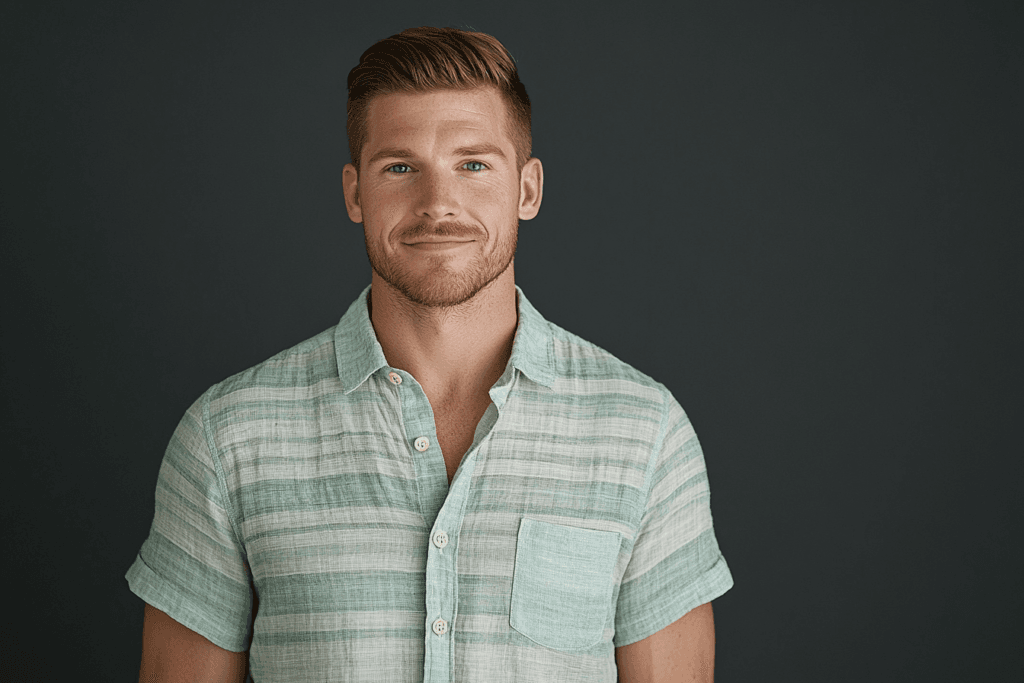
When buying bamboo fabric, certifications are very important. They help ensure the fabric is safe, eco-friendly, and made fairly. Here are three key certifications to know about when choosing bamboo fabric.
OEKO-TEX® Standard 100
OEKO-TEX® Standard 100 checks if fabrics are safe to use. It makes sure every part of the fabric, like threads and buttons, has no harmful chemicals. This is important for bamboo shirts because it ensures they are safe for people to wear.
Here’s what OEKO-TEX® Standard 100 includes:
| Criteria | What It Ensures |
|---|---|
| Safety | Fabric is safe for people’s health. |
| Testing | Checks for over 1,000 harmful chemicals. |
| Skin Contact | Stricter rules for fabrics that touch skin. |
| Standardization | Uses the same testing rules worldwide. |
| Compliance | Follows global safety and environmental laws. |
| Review | Updates chemical limits every year based on new research. |
This certification helps me trust that bamboo fabric is safe and good for the environment. It also makes customers feel confident about their purchase.
FSC Certification
The Forest Stewardship Council (FSC) ensures bamboo comes from well-managed forests. This certification protects nature while meeting the demand for bamboo products. FSC-certified bamboo fabrics are popular with people who care about the planet.
The bamboo clothing market is growing fast because people want eco-friendly options. FSC certification builds trust with buyers and supports sustainable practices. Choosing FSC-certified bamboo fabric helps protect the environment and supports ethical sourcing.
GOTS Certification
The Global Organic Textile Standard (GOTS) is the top certification for organic fabrics. It ensures bamboo fabrics are made in eco-friendly and fair ways. I always check for this certification to make sure the fabric is high-quality and responsibly made.
Here’s what GOTS certification checks for:
| Criteria | What It Ensures |
|---|---|
| Fiber Production | Bamboo is grown without harmful chemicals or GMOs. |
| Processing and Manufacturing | No toxic dyes or metals; uses safe methods like oxygen bleaching. |
| Environmental Standards | Proper treatment of wastewater to avoid pollution. |
| Social Criteria | Fair pay, safe work conditions, no child labor or discrimination. |
GOTS-certified fabrics must have at least 70% organic content. This certification shows a strong commitment to protecting the planet and treating workers fairly. I think it’s essential for brands that care about ethics and sustainability.
By focusing on these certifications, I make sure the bamboo fabric I pick is safe, eco-friendly, and fairly made. These certifications improve product quality and build trust with customers who value responsible choices.
Why Certifications Matter for Ethical Sourcing
Certifications are important to ensure bamboo fabrics are sourced ethically. They set rules for safety, sustainability, and fair worker treatment. I always check for certifications to make sure the fabric meets my values and industry rules.
One key certification is GOTS (Global Organic Textile Standard). It ensures bamboo fabrics are made in eco-friendly and organic ways. This certification also confirms no harmful chemicals are used. Another important one is OEKO-TEX. It guarantees the fabric is safe and meets strict environmental rules. These certifications help me trust the fabric is good for people and the planet.
Fair treatment of workers is just as important. Certifications like BSCI (Business Social Compliance Initiative) ensure workers are treated fairly. They support fair pay, safe workplaces, and no child labor. When I see this certification, I know the fabric comes from a responsible source.
Here’s a simple table showing how these certifications help ethical sourcing:
| Certification | How It Helps |
|---|---|
| GOTS | Ensures eco-friendly and organic production |
| OEKO-TEX | Confirms safety and environmental standards |
| BSCI | Supports fair pay and safe working conditions |
Other certifications also guide my choices. ISO (International Organization for Standardization) checks quality and sustainability. SGS ensures the fabric is safe and high-quality. Sedex focuses on fair and transparent supply chains. These certifications build trust when buying bamboo fabrics.
| Certification | How It Helps |
|---|---|
| ISO | Ensures quality and sustainability |
| SGS | Verifies safety and quality |
| Sedex | Promotes ethical supply chain practices |
Certifications are more than just tags. They show a promise to be ethical and eco-friendly. By picking certified bamboo fabrics, I support good businesses and protect nature. These certifications also assure buyers that products are safe, green, and responsibly made. For me, they are a must when choosing fabrics.
How Do You Ensure Supplier Reliability for Bamboo Fabric?
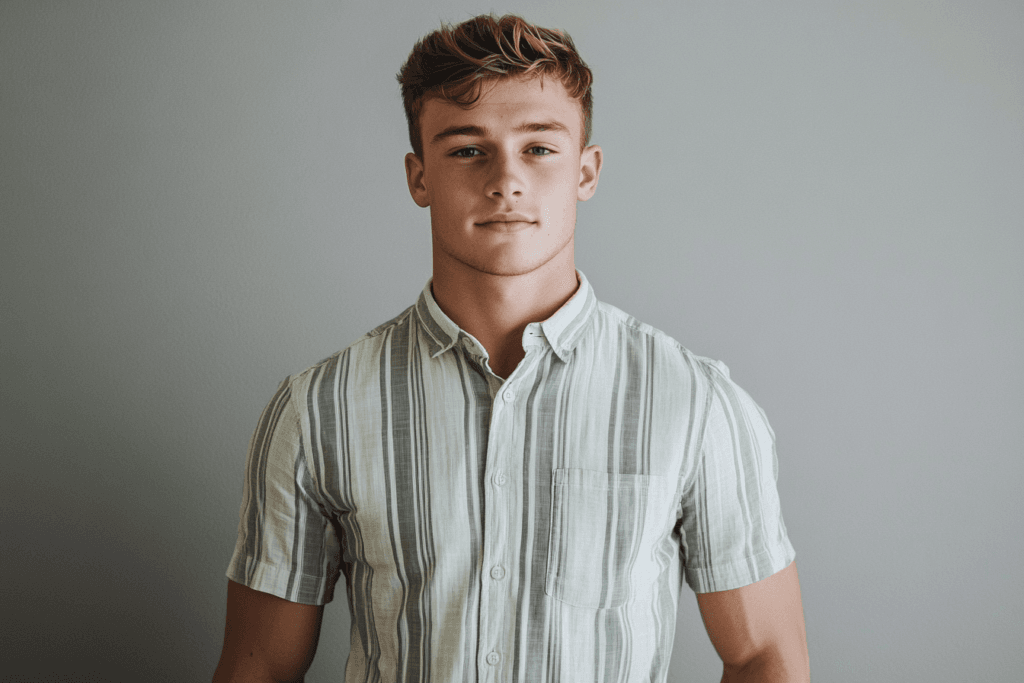
Finding a Trustworthy Supplier
Choosing a good supplier is very important for bamboo fabric. I look for suppliers who meet quality needs, have fair prices, and are trusted in the market. To make this easier, I follow these steps:
- Check Supplier Details: I review their certifications, skills, and customer feedback. Certifications like GOTS, OEKO-TEX, and BSCI show they care about being eco-friendly and fair.
- Look at Fabric Choices: A reliable supplier should offer different bamboo fabrics like viscose, lyocell, and linen.
- Test Samples: I always check fabric samples to see if they are soft, strong, and perform well.
Here’s a table of some top bamboo fabric suppliers and their strengths:
| Supplier Name | Location | Products Offered | Certifications | Notable Client | Phase 1 Supplier Score |
|---|---|---|---|---|---|
| Bamboo Boom | Taian, China | Bamboo clothing, organic hemp, cotton | CPC, CPSC, GOTS, BSCI | Goumi | 84/100 |
| Hangzhou Panda Import and Export | Hangzhou, China | Bamboo bedding, eucalyptus lyocell sheets | ISO, SGS, OEKO-TEX, Sedex, BSCI, GOTS | Ettitude | 69/100 |
Suppliers like Bamboo Boom and Hangzhou Panda are great because of their certifications and quality. Bamboo Boom, for instance, has a high score and works with big clients like Goumi. This helps me choose wisely.
Order Sizes and Delivery Times
Order sizes (MOQs) and delivery times are key for my business. MOQs tell me the smallest amount I can buy. Delivery times show how fast I get the fabric. Managing these well helps control costs and stock.
For example, cutting delivery time by 20% can lower costs by 7%. But, longer delivery times only save 5.1%. Smaller orders can raise inventory value by 22%, which may not suit small businesses. Here’s a table showing these effects:
| Factor | Change in Operating Costs (%) | Change in Inventory Value (%) |
|---|---|---|
| 20% Reduction in Lead Time | -7.0 | N/A |
| 20% Increase in Lead Time | -5.1 | N/A |
| Order Minimum of 5 Units | N/A | +22.4 |
| Order Minimum + Multiple of 5 | N/A | +23.3 |
| Net Reduction in Operating Costs (Order Restrictions) | -3.7 | N/A |
| Net Reduction in Operating Costs (Order Restrictions) | -7.9 | N/A |
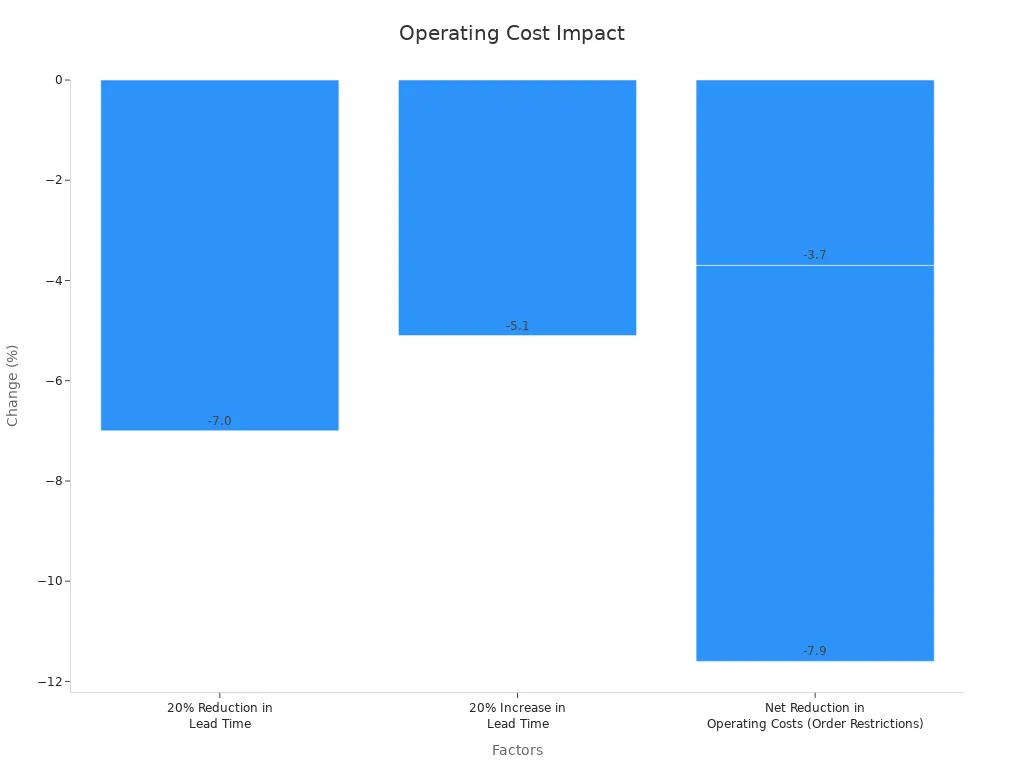
I talk with suppliers to adjust MOQs and delivery times. This helps me keep enough fabric without spending too much or overstocking.
Custom Designs and Special Features
Custom designs and finishes make my products stand out. Bamboo fabric is flexible, so I can add unique touches to match customer needs. For example, I can ask for special colors, prints, or moisture-wicking features.
Here’s why customization is helpful:
- Unique designs that match my brand’s style.
- Special features like antibacterial or UV protection for extra value.
- Meeting specific market needs, like eco-friendly or luxury items.
These options make my products more appealing and connect better with customers. By working with suppliers who offer customization, I can create unique items that fit my brand’s goals.
What Determines Bamboo Fabric Pricing and Market Trends?
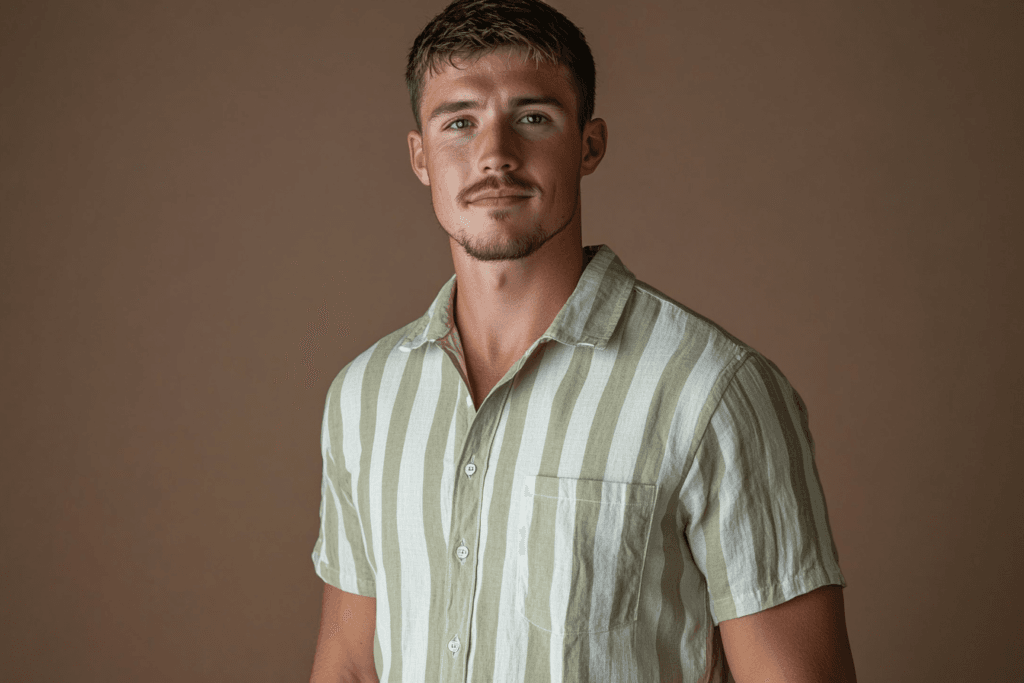
Bamboo Fabric Pricing Compared to Other Natural Fibers
Bamboo fabric costs more than cotton but has better features. It is soft, fights bacteria, and keeps moisture away. These qualities make it worth the higher price for eco-friendly brands.
Other natural fibers like organic cotton and hemp also compete with bamboo. Organic cotton is good for the planet but lacks bamboo’s antibacterial benefits. Hemp is strong but feels rougher than bamboo’s smooth texture. These differences affect what buyers choose when purchasing in bulk.
The demand for bamboo fabric is growing quickly. More people want sustainable products, which boosts its popularity. Bamboo’s breathability and odor resistance make it great for sportswear and outdoor clothing. Many brands now use bamboo fabric, increasing its demand even more.
Bulk Purchase Strategies
Buying bamboo fabric in bulk needs careful planning. I think about order size, supplier trust, and price discounts. Bulk buying lowers costs, but too much fabric can lead to overstocking. Too little fabric can delay production.
Talking to suppliers helps me get better deals. I ask for discounts on big orders and flexible payment plans. Some suppliers lower prices as order sizes grow. This helps businesses save money while producing more.
Mixing different bamboo fabrics in bulk orders is also smart. Bamboo viscose is good for casual clothes. Bamboo lyocell works for high-end items. Bamboo linen is perfect for eco-friendly buyers. Offering variety helps meet customer needs and attract more buyers.
Market Trends and Future Demand
The bamboo fabric market is growing worldwide. In places like North America and Europe, demand is steady. In Asia-Pacific, especially China and India, growth is faster. These regions are making and using more bamboo fabric.
The market size was $2,248.6 million in 2022. By 2032, it may reach $4,026.9 million, growing at 6% yearly. This shows how much people want eco-friendly fabrics.
Here’s why bamboo fabric is trending:
- People prefer green and sustainable products.
- Bamboo’s antibacterial and breathable features suit activewear.
- New bamboo fabric blends attract more buyers.
Athleisure and outdoor clothing are also becoming popular. Bamboo’s ability to wick moisture and resist odors makes it perfect for these styles. As people care more about health and the environment, bamboo fabric will stay a favorite for brands and shoppers.
Picking the best bamboo fabric needs careful thought about five things. I check the type of bamboo fiber, fabric quality, certifications, supplier trust, and pricing trends. These steps help me choose what works best for my business.
When buying in bulk, I focus on quality and being eco-friendly. Bamboo fabric is great because it’s green, strong, and keeps moisture away. But, it costs more and needs ethical ways to be made.
| Key Factors | What to Know |
|---|---|
| Sustainability | More people want eco-friendly fabrics, boosting demand. |
| Production Methods | Better, greener methods make higher-quality fabric. |
| Regional Demand | New markets are growing fast for bamboo fabric. |
| Technological Advances | New tech makes fabric better and easier to produce. |
Conclusion
Choosing good and green fabric helps my business grow. Bamboo fabric lasts longer, needs fewer washes, and stays soft. These features make customers happy and help the planet. By picking wisely, I support a cleaner world and build a strong brand.
FAQ
Why is bamboo fabric eco-friendly?
Bamboo grows fast and needs no pesticides or fertilizers. It uses less water than cotton. If made responsibly, it’s very sustainable. Look for certifications like GOTS or FSC to confirm eco-friendly practices.
How should I wash bamboo shirts?
Wash bamboo shirts in cold water on a gentle setting. Don’t use bleach or fabric softeners. Air-dry them to keep them soft and strong. If needed, iron on low heat.
Is bamboo fabric good for sensitive skin?
Yes, bamboo fabric is soft and gentle on skin. It helps reduce irritation and is great for sensitive skin. Its natural antibacterial feature also fights odors, making it a smart choice.
Does bamboo fabric shrink after washing?
Bamboo fabric might shrink a little the first time you wash it. To avoid this, wash in cold water and air-dry. Some suppliers offer pre-shrunk bamboo fabrics to prevent shrinking.
How is bamboo fabric different from cotton?
Bamboo fabric is softer, breathes better, and absorbs more moisture than cotton. It also naturally resists bacteria and odors. Though it costs more, it’s durable and eco-friendly, making it worth the price.
Is bamboo fabric biodegradable?
Yes, bamboo fabric can break down naturally in the right conditions. But its biodegradability depends on how it’s made. Choose fabrics made with eco-friendly methods to ensure safe decomposition.
What can bamboo fabric be used for?
Bamboo fabric is great for shirts, sportswear, bedding, and baby clothes. It’s soft, breathable, and fights bacteria, making it very useful. Many eco-friendly and luxury brands use it.
How do I check bamboo fabric quality?
Ask for samples and check for certifications like OEKO-TEX or GOTS. Feel the fabric to see if it’s soft and check the weave. Test its strength and breathability to ensure it’s high quality.
Related
1.Bamboo Fabric Market Size, Share, Growth, Trends, Statistics Analysis Report and By Segment Forecasts 2024 to 2033 →
2.Bamboo Fiber Market Research Report Source →
3.Bamboo vs Cotton: Which is Better for Sensitive Skin? →
4.Unveiling the Unique Properties of Bamboo Fabric →
5.Bamboo Apparel Market Growth – Trends & Forecast 2022-2032 →
